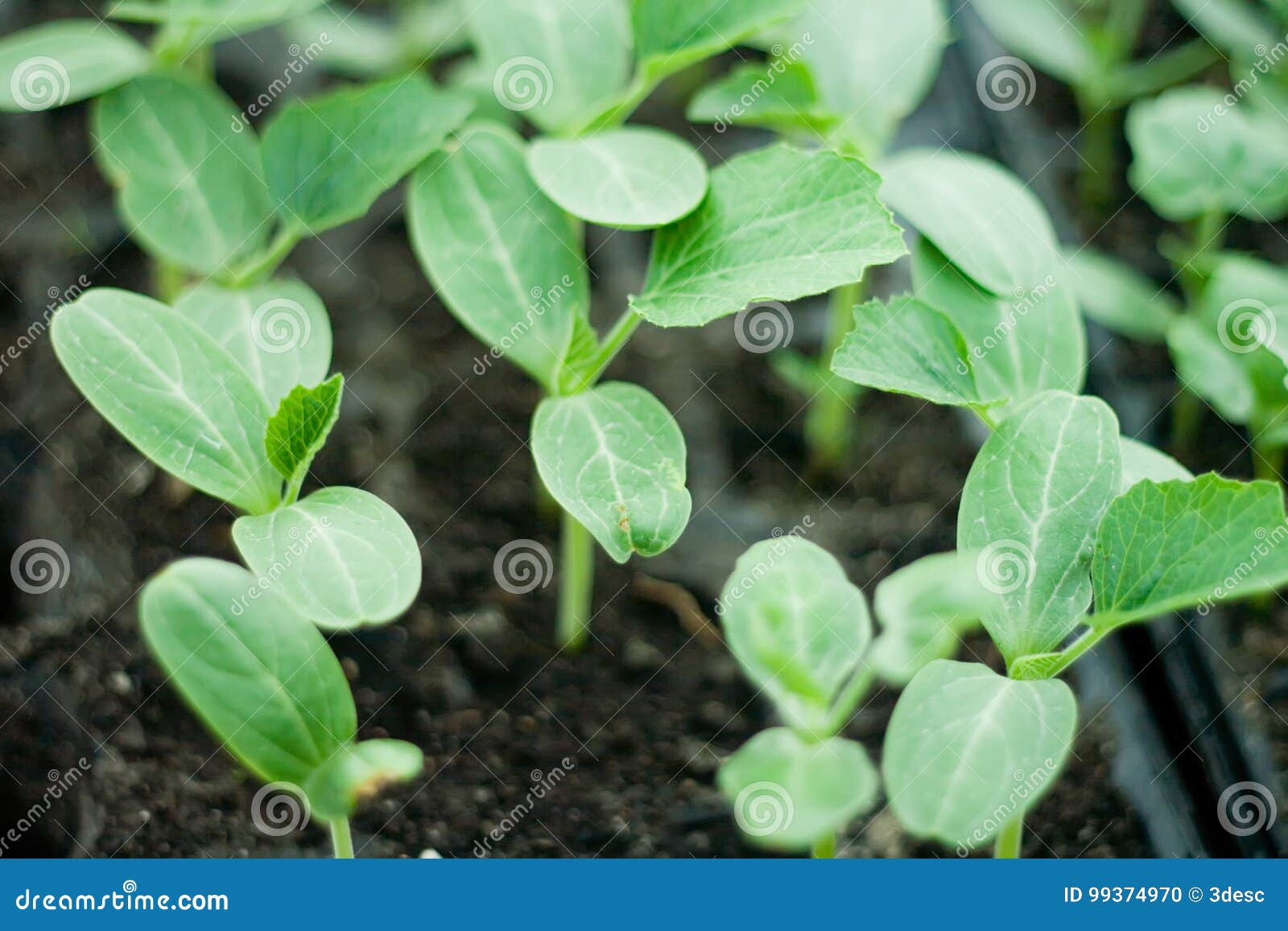

The field as a pollen source needed for setting of seedless fruit. Triploid plantings must include a seeded watermelon variety interspersed throughout Watermelon, triploids have undeveloped seeds, but occasionally one or more developed Green-stripe rind and round oblong shape:Ĭrimson Sweet - 20 pounds to 30 pounds (F)īlack Diamond, Florida Giant - 30 pounds to 50 poundsĭesert King, light green rind color - 20 pounds to 30į=resistant to Race 0 or Race 1 of /Fusarium wilt.Ī triploid hybrid is a cross between a common diploid (two sets of chromosomes) varietyĪnd a tetraploid (four sets of chromosomes) line. Tendergold - 22 pounds to 28 pounds, orange flesh The weights are average market sizes and may vary with growingĬharleston Gray strains - 25 to 35 pounds (F) Brief descriptions of several varieties grouped by rind colorĪnd fruit shape characteristics are listed below. Strains, Crimson Sweet, Jubilee, Allsweet, Royal Sweet, Sangria, triploid seedlessĪnd Black Diamond types. The major watermelon varieties and types produced in Oklahoma are Charleston Gray

Varieties have known insect or nematode resistance. No watermelon varieties are resistant to all races of Fusarium or anthracnose theseĭiseases can infect a variety even though it is labeled as having resistance. Blackĭiamond, Texas Giant, Florida Giant and Tendergold are not disease resistant. Resistance to race 2 anthracnose disease, the prevailing race, is not available. Varying levels of resistance to one or more races of Fusarium wilt and/or anthracnose. Resistance to races of Fusarium wilt and anthracnoseĭiseases is an important varietal characteristic to consider. Light green and gray-green watermelons are less subject to sunburn injury than dark To the production area, and have high levels available of certain disease resistance InĪddition to market acceptability, a variety must have acceptable yield, be adapted ForĮxample, some varieties popular for local sales are not suitable for shipping. Production situation leads to lower profits or possibly an enterprise failure. Planting a variety not suited for the available market and particular Selecting a suitable watermelon variety or varieties is among the most important decisions Highly experienced growers often prefer an even To reduce the risk of diseases, do not plant on land where vine crops have Wind mayĪlso cause plants grown on plastic mulch to spin, which can damage the crown of the “sand blast” damage and stunting of young seedlings caused by spring winds. Windbreaks are advisable on sandy soils to reduce Fine sands produce the highest quality melons when adequateįertilizer and water are provided. When planted in very heavy soils, the plants develop slowly and fruit size and Watermelons grow best on sandy loam soils, with good drainage and a slightly acid With ideal conditions and certain varieties, more than 15 tons Yield with irrigation is eight tons per acre in Oklahoma however, the average yield

Of quality melons can be obtained only with careful management. To show a profit, a grower must produce good yields of high-quality melons. Watermelon as a precut packaged product, has improved the convenience of serving watermelon. Smaller-fruited and seedless types, as well as the development of techniques for selling Of the nutritional value and culinary uses for this crop. Of the National Watermelon Promotion Board have helped increase consumer awareness In the state has been due to increased yields and decreased labor availability. With some of this supply accounted for by an increase in imports. Watermelon consumption has increased in the U.S. In many areas of the state, current major production areas include west central, south-centralĪnd eastern areas. Is the largest for a vegetable crop in Oklahoma.

Watermelon production requires a long and warm growing season. Field Scouting for Plant and Pest Development.


 0 kommentar(er)
0 kommentar(er)
